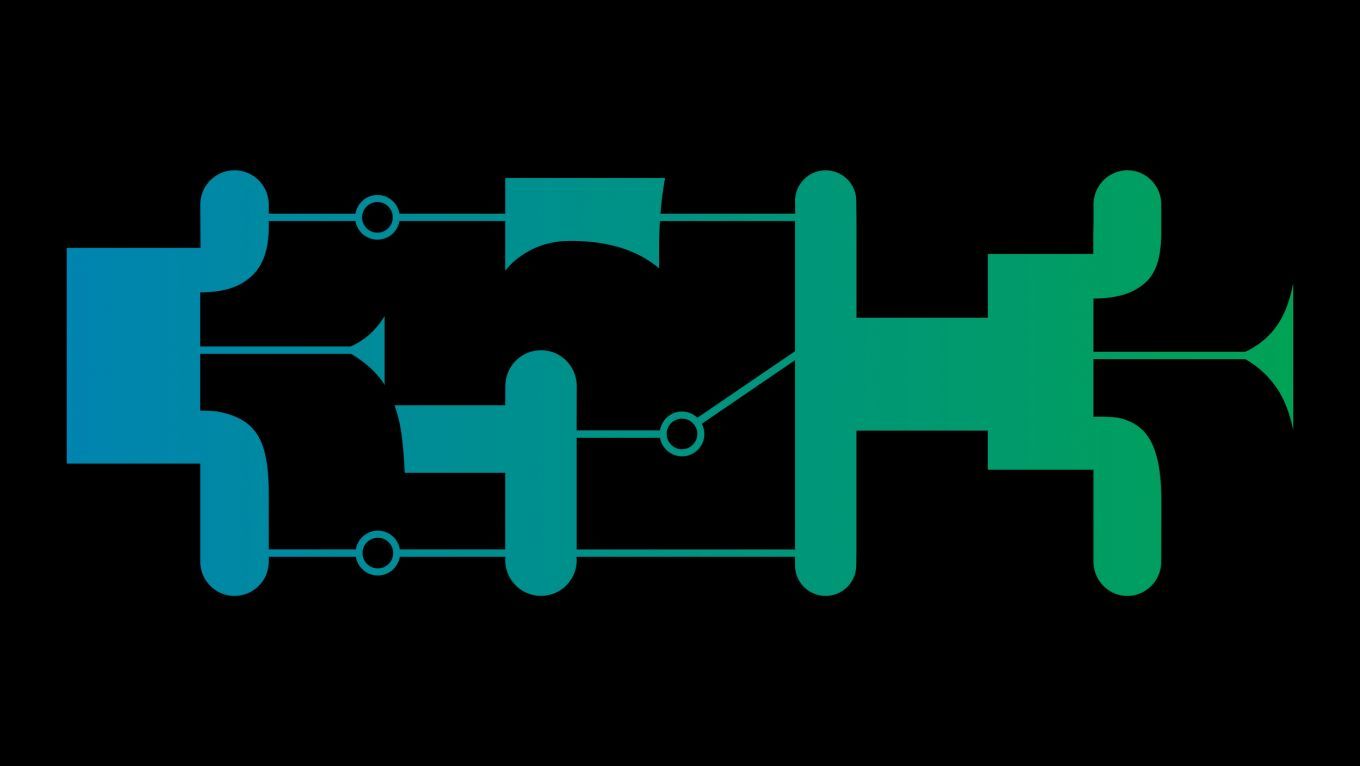Resilience
How does the Internet work?
An explanation of Inter-Net and everyday protocols
This Foundations talk explains the systems and protocols that make up the Internet, starting from a laptop with a Wi-Fi connection. No particular technical knowledge required.
Many consider "the Internet" a utility similar to electricity - and that's a great attitude! - but for most, "the Internet" only means access to a few centralized services offered by mega-corporations "for free", around which people build their entire social and professional lives.
Come along for a look behind the scenes of all those fancy websites, let's go through what the Internet actually is!
Knowing the difference between the network and services reachable through the network is perhaps more important than ever, because if we implicitly give service providers all the power by never asking for a public, utility-like network then that's the end of the Internet as we know it. Key word: Net neutrality.
So in this talk we will discover the network. In simple terms and without too much technical detail we'll start out with the "atom" of networks the packet, then cover the fundamental Internet Protocol (IPv4-only for simplicity), we'll try to answer what is a network? - not obvious it turns out, we'll look at where do IP addresses come from? and then we'll move on to the Internet cornerstone that is routing. We'll approach routing from the perhaps most well-known router - the wireless home router - and then look at how similar or dissimilar routers on the Internet are to that home router, leading us to a look at the routing protocol which constantly determines how our packets flow throughout the world.
Those are the basic building blocks of the Internet. Now for some delicious alphabet soup!
We'll take a step toward applications and compare UDP, TCP and SCTP, which are all used together with IP for most if not all end-user Internet communication.
Finally, we'll arrive at the most common applications, looking into how DNS (domain names), SMTP (sending email) and HTTP (web) work.
All of this is actually surprisingly simple and surprisingly old. None of it was built to be secure.
The goal is that you will gain an understanding of the structure of the Internet, that you will be able "see through" the browser, email client and web service facades, because now you know what's going on behind the scenes, and everything that's actually possible with a public utility network - far more than centralized consumption/you-are-our-product services.
Additional information
| Type | lecture |
|---|---|
| Language | English |
More sessions
| 12/27/18 |
Six years ago the idea behind CensoredPlanet started, that is now launched at censoredplanet.org. We had a simple (yet essential) guiding principle: measurements that may be politically sensitive should be done without volunteer participation. In this talk, besides a detailed scientific overview of the techniques and the current state of CensoredPlanet, I plan to talk about my experience in developing the project from the ground up. Despite the pervasive nature of Internet censorship and the ...
|
| 12/27/18 |
We rely on mainstream computer engineering every day, but it's insanely complex, poorly understood, unreliable, and, as CCC reminds us every year, chronically insecure. This talk will explain some ways that we can do better: taming parts of this this chaos with precise understanding - illustrated with disturbing facts and clean models for current architectures and the C language, from the <a href="https://www.cl.cam.ac.uk/~pes20/rems/">REMS</a> project, and principled but pragmatic new ...
|
| 12/27/18 |
In this talk @zelf invites to the world of Scuttlebutt, the decentralized P2P gossiping protocol, and how it can be transformative for society through decentralization of data and enabling local community development.
|
| 12/28/18 |
A major part of software development is maintenance, i.e. tinkering with software that should already be completed but still somehow does not work as it should. Software developed by tinkering is the antithesis to resilient technology, and a growing threat to our profession and our lives. Working on this kind of software crushes the soul. Yet this is exactly how most IoT devices (and computers in general) are programmed these days. We need to replace the dead technology-oriented objects of the ...
|
| 12/28/18 |
Learn to see the world without your eyes. Wonder what it's like to navigate while blind? Want to learn to use your everyday senses in ways you don't know you don't know? In this talk, I hack <em>you</em> with permanently enhanced sensory perceptions. This is very participatory, not just "sit and listen", and workshops are even more hands-on (blindfolded w/ cane in hand). Workshop & volunteer signup: <a href="https://s.ai/ccc/ws">https://s.ai/ccc/ws</a> Tag plz: #BlindNavigation @saizai #35c3
|
| 12/28/18 |
The internet has become essential services, and offline methods of sharing data are rapidly disappearing. Other possible networks are often better suited when connectivity is not available or affordable. Radios, sensors, and computing are available in the cheapest of smartphones and routers. Wind is integrating nearby/offline data exchange with the internet services that we all rely on.
|
| 12/28/18 |
Facebook monopoly is an issue, but looking for replacements it is not enough. We want to develop critical judgment on algorithms, on why data politics matter and educate, raise awareness for a broad audience. With <a href="https://facebook.tracking.exposed">our tool</a>, we enable an individual to collect evidence and see how Facebook's algorithm truly shares their data. Not data about themselves, but the bias of facebook treats data, re-shares certain content over other content. Collectively we ...
|

